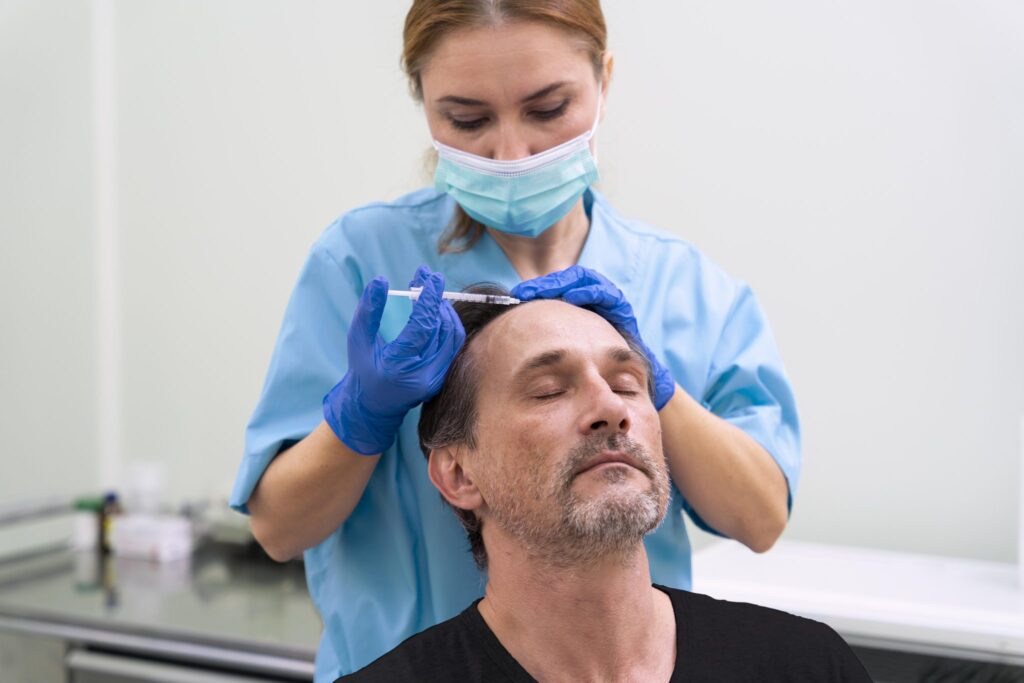Deciding on a hair transplant is a personal journey that touches both your appearance and well-being. To feel comfortable and secure throughout the process, you need a specialist who combines medical skill with genuine care. This guide will help you find a practitioner who keeps things safe, clear and focused on your needs.
Checking Your Specialist’s Credentials
Begin by making sure the person performing your transplant is a trained medical professional. Ask if they hold a recognised medical qualification and have specific experience in hair restoration. When you speak with them, listen for simple explanations about how the procedure works and why it suits you. A doctor who can describe the reasons behind hair loss and treatment steps in everyday language shows they value your understanding and safety.
Visiting the Clinic in Person
If possible, drop by the clinic before booking. A calm, organised space with tidy waiting and treatment areas is a good sign that hygiene is taken seriously. Notice how the staff greet you—polite, attentive teams usually reflect well-trained professionals. Feel free to ask how they keep their tools clean and what steps they take to maintain a safe environment. If everyone is open and happy to explain, you can expect similar care on procedure day.
What Makes a Good Consultation
A thorough consultation should leave you feeling informed, not overwhelmed. During your meeting, the specialist will ask about your health, any medicines you take and your lifestyle. They will check your scalp, discuss realistic goals and outline the best approach for your situation. You should also learn what to expect during recovery, including any lifting limits or gentle washing routines. A clear, unhurried discussion means the clinic is focused on your needs, not just on booking you in.
Understanding the Care Journey
True quality care continues at every stage. Before your transplant, you should receive written guidelines on preparing for surgery—things like pausing certain medications or washing your hair in a particular way. On the day itself, a calm atmosphere and careful staff will help you feel at ease. The doctor should personally handle key steps like removing and placing hair follicles, checking on your comfort along the way.
After the procedure, you will need simple instructions for protecting your new grafts and gentle cleaning tips. A good clinic schedules follow-up visits or calls to see how you’re healing. If someone reaches out to ask how you’re doing, it shows they really care about your long-term results.
Spotting Red Flags
Be aware of signs that a clinic may not have your best interests at heart. If you encounter pushy sales tactics, offers that sound too good to be true, or blanket promises of perfection, pause and reconsider. A clinic that avoids clear answers or delegates important explanations to non-medical staff may not have the expertise you need. Trust your instincts: if something feels off, look elsewhere.
Trusting Your Choice
At the end of the day, you hold the keys to a successful experience. By confirming your specialist’s background, visiting the clinic, and enjoying a relaxed, informative consultation, you can choose with confidence. Remember, this is your health and your future look. With the right support, you can move forward knowing you’re in caring, capable hands.

